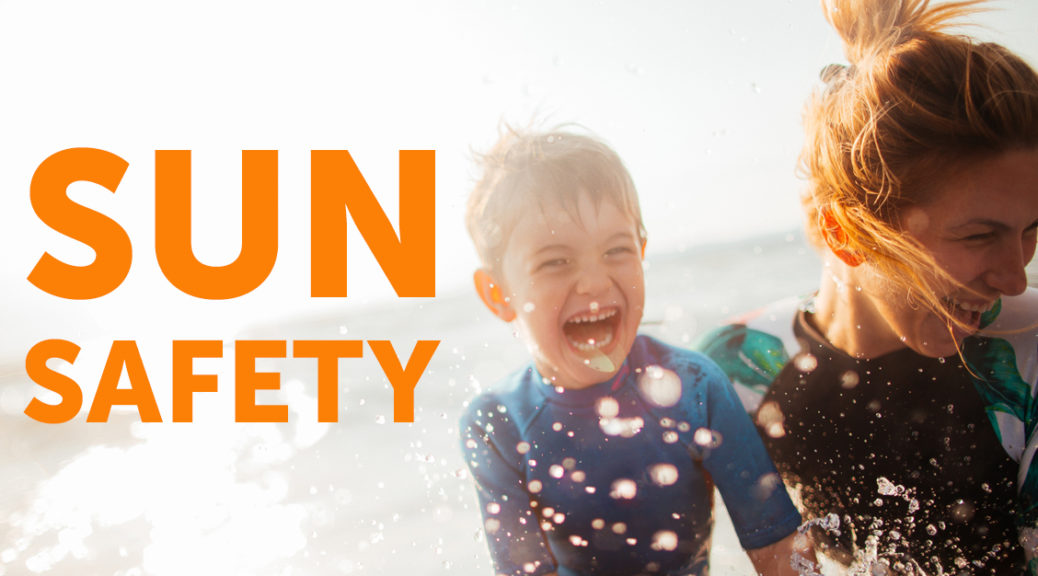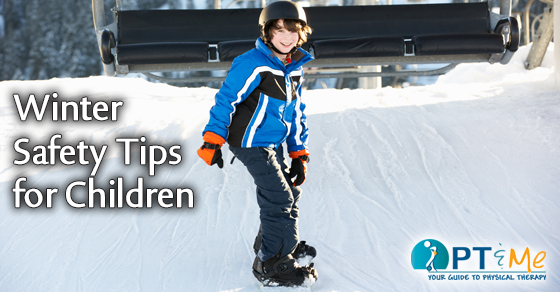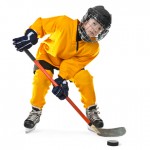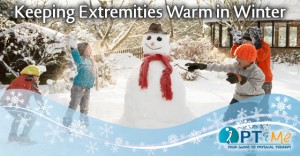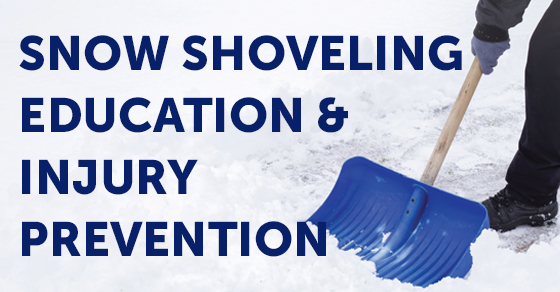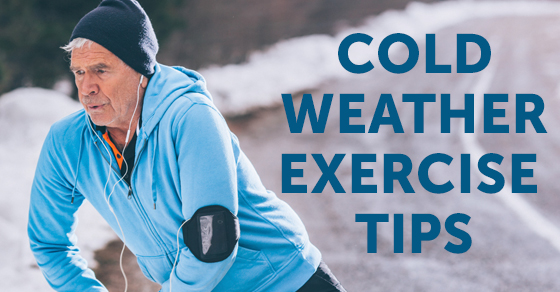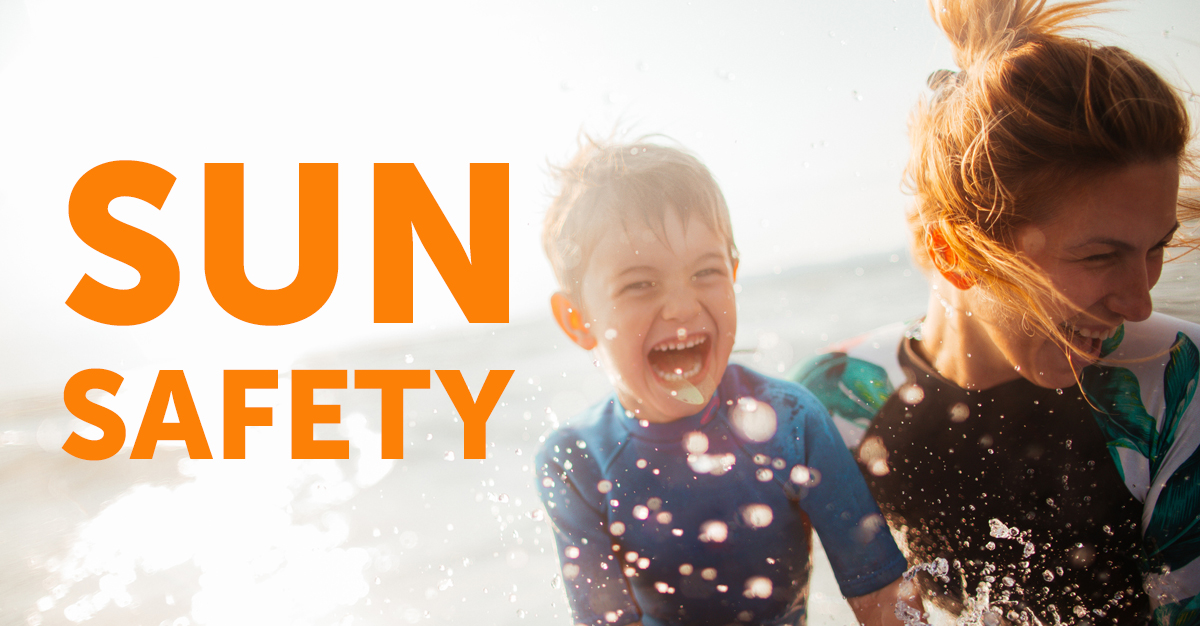
The official start to summer is here and for many of us, the end of the school year marks the start of outdoor activities and beach vacations. While enjoying yourself this summer be sure to take precautions. The sun’s ultraviolet (UV) rays can damage your skin in as little as 15 minutes. Follow these sun safety recommendations to help protect yourself and your family.
- Shade
You can reduce your risk of skin damage and skin cancer by seeking shade under an umbrella, tree, or other shelters before you need relief from the sun. Your best bet to protect your skin is to use sunscreen or wear protective clothing when you’re outside—even when you’re in the shade. - Clothing
When possible, long-sleeved shirts and long pants and skirts can provide protection from UV rays. Clothes made from tightly woven fabric offer the best protection. A wet T-shirt offers much less UV protection than a dry one, and darker colors may offer more protection than lighter colors. Some clothing certified under international standards comes with information on its ultraviolet protection factor. If wearing this type of clothing isn’t practical, at least try to wear a T-shirt or a beach cover-up. Keep in mind that a typical T-shirt has an SPF rating lower than 15, so use other types of protection as well. - Hat
For the most protection, wear a hat with a brim all the way around that shades your face, ears, and the back of your neck. A tightly woven fabric, such as canvas, works best to protect your skin from UV rays. Avoid straw hats with holes that let sunlight through. A darker hat may offer more UV protection. If you wear a baseball cap, you should also protect your ears and the back of your neck by wearing clothing that covers those areas, using sunscreen with at least SPF 30, or by staying in the shade. - Sunglasses
Sunglasses protect your eyes from UV rays and reduce the risk of cataracts. They also protect the tender skin around your eyes from sun exposure. Sunglasses that block both UVA and UVB rays offer the best protection. Most sunglasses sold in the United States, regardless of cost, meet this standard. Wrap-around sunglasses work best because they block UV rays from sneaking in from the side. - Sunscreen
Put on a broad-spectrum sunscreen with at least SPF 30 before you go outside, even on slightly cloudy or cool days. Don’t forget to put a thick layer on all parts of exposed skin. Get help for hard-to-reach places like your back. And remember, sunscreen works best when combined with other options to prevent UV damage.
How sunscreen works. Most sun protection products work by absorbing, reflecting, or scattering sunlight. They contain chemicals that interact with the skin to protect it from UV rays. All products do not have the same ingredients; if your skin reacts badly to one product, try another one or call a doctor.
SPF. Sunscreens are assigned a sun protection factor (SPF) number that rates their effectiveness in blocking UV rays. Higher numbers indicate more protection. You should use a broad spectrum sunscreen with at least SPF 30.
Reapplication. Sunscreen wears off. Put it on again if you stay out in the sun for more than two hours and after swimming, sweating, or toweling off.
Expiration date. Check the sunscreen’s expiration date. Sunscreen without an expiration date has a shelf life of no more than three years, but its shelf life is shorter if it has been exposed to high temperatures.
Cosmetics. Some makeup and lip balms contain some of the same chemicals used in sunscreens. If they do not have at least SPF 30, don’t use them by themselves.
Information supplied by the CDC

